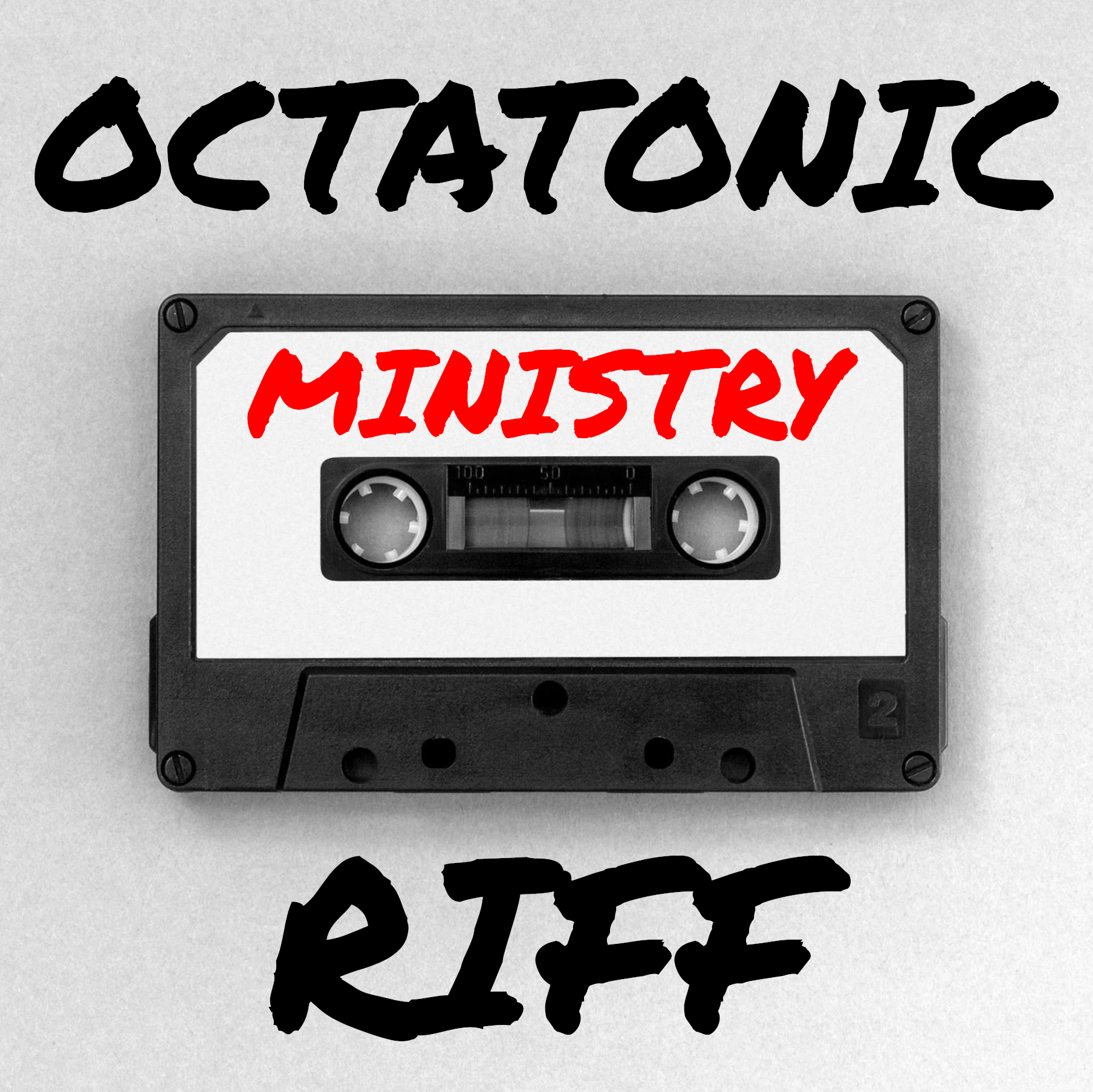How to Write an Octatonic Riff
Using the
Half-Whole Diminished Scale
Almost all popular music (in every genre and subgenre) is made using the major scale or the natural minor scale. That’s a vast ocean of music from only two scales! And yes, some of the more creative producers will use the modes. That’s great. But, the modes are also 7-note scales (just like the major and natural minor scales).
And, like those two scales, they also contain a major 3rd or a minor 3rd. In other words, each one of the five rarer modes sound either like a variation of the major scale, or a variation of the natural minor scale. So yes, the Dorian, Phrygian, Lydian, Mixolydian and Locian modes open a lot more doors, however, they all lead into the same 7-note house.
For the record, Mozart had no problems writing genius-level music using only the major and minor scales, so there’s obviously nothing wrong with using those scales. But, as a counter argument, there was significantly less music when Mozart was alive. Nowadays, it can easily feel like all the possibilities that those two scales offer have been thoroughly explored already. I don’t believe that’s true, though it’s undeniable that it is significantly harder to create something new with those scales.
So, if you’re looking to explore some new musical territory, one of the best ways to get there is with 8-note scales. These are called octatonic scales. They were relatively common in the “modern” classical music of the early 20th century, but you hardly ever hear them in popular music. One of our favourite examples of an octatonic scale in popular music is in the song “I Am That Thirst” by Meshuggah. And another song we recently heard that features an octatonic scale is “Goddamn White Trash” by Ministry. They use it in a heavy breakdown riff (starts at 2:03).
So, if you’re ready to try the exciting world of 8-note scales, then in this tutorial you’re gonna learn our 5-step method for writing octatonic riffs. But first… Tea!
Lastly, are you new to music theory? Or are you experienced, but you want a refresher? Then download our FREE BOOK (link opens in new tab). It only takes 30 minutes to read, then you’ll have a solid theory foundation that you can instantly apply to your songwriting and producing. Enjoy!
![]()
Ray Harmony
Multi award-winning college lecturer


 Play
Play
